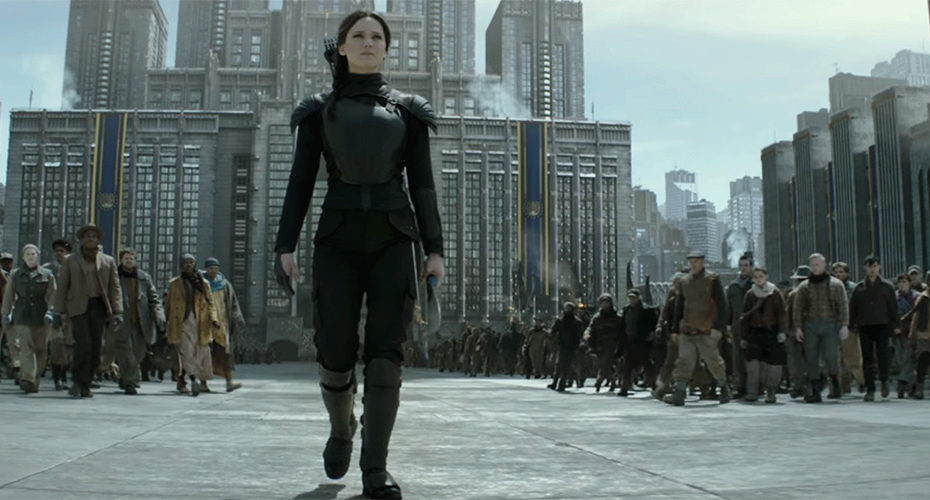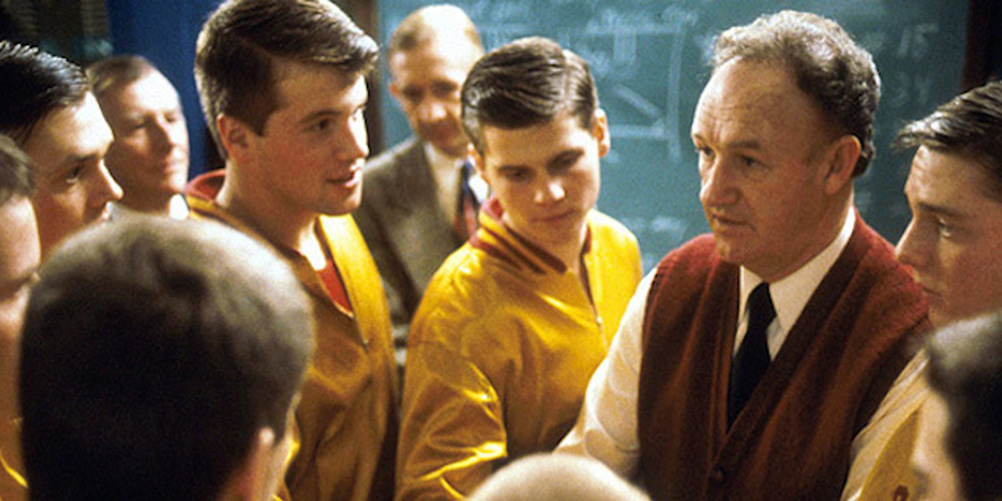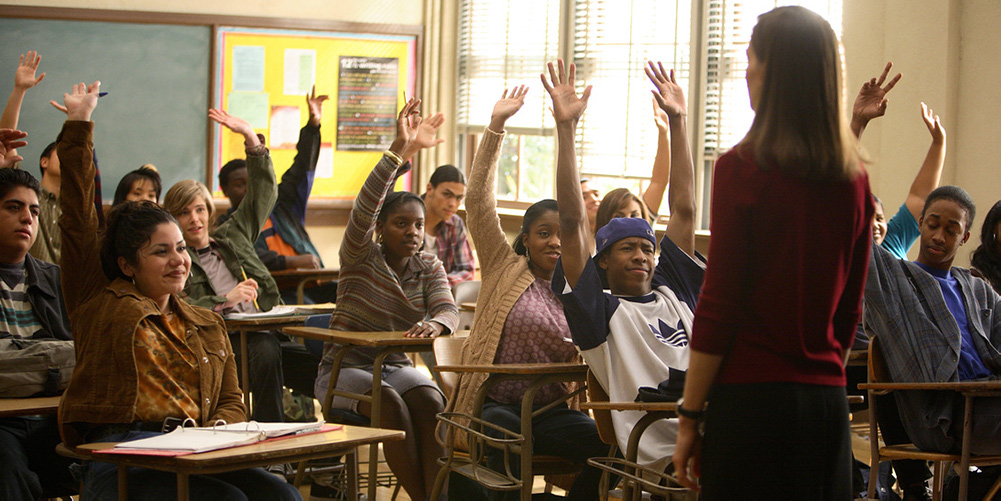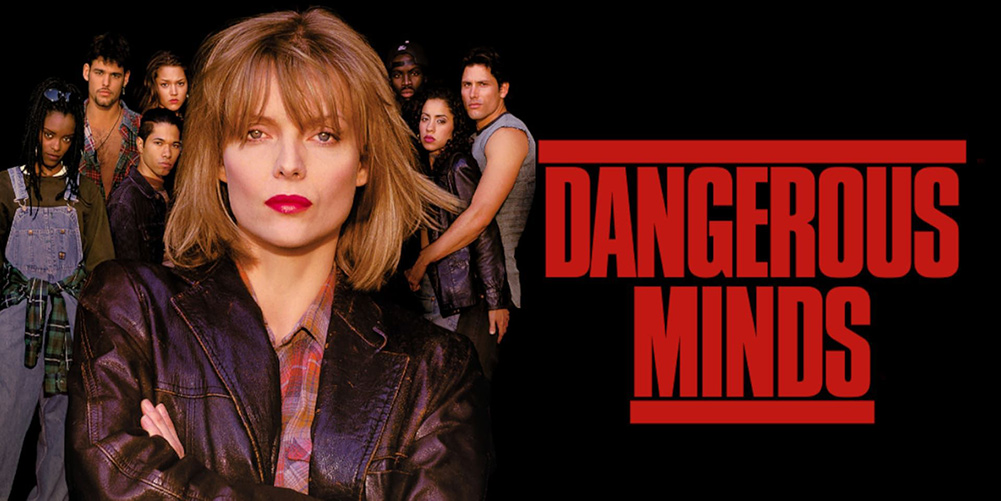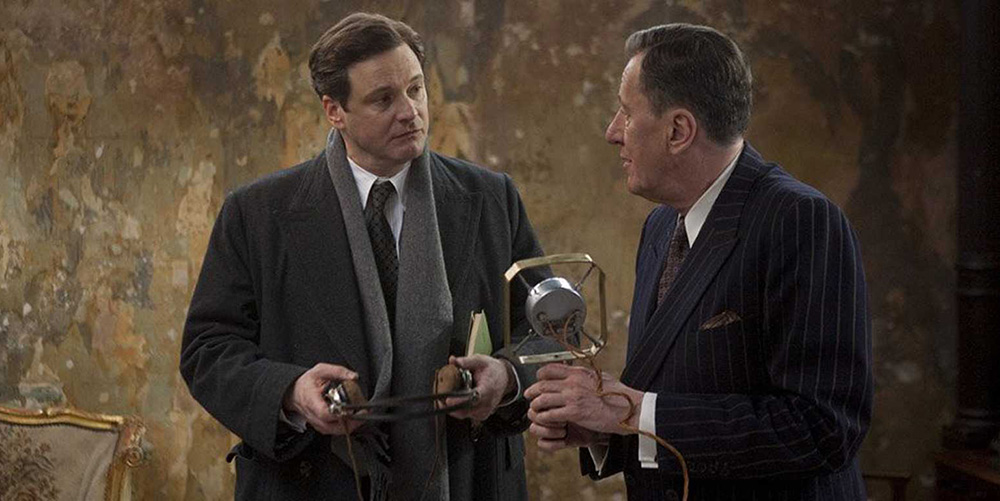The Hunger Games: Mockingjay Part 2 marks the end of a hugely successful film series based on Suzanne Collins’s dystopian trilogy. And central to that success is the character of Katniss Everdene (played by Jennifer Lawrence), the insecure but feisty teen who becomes the focal point for the rebellion.
So what makes Katniss the kind of leader that people follow?

As Nick Morgan highlights in Power Cues, Katniss is in terrible jeopardy for most of the series. We get to see how she deals with danger and tragedy, helped by an innate sense of justice and defiance. But crucially, we get to see her struggle with her emotions too.
And by revealing those emotions, she shows her followers she’s authentic.
As Rob Goffee and Gareth Jones outline in their book Why should anyone be led by you?, authenticity is crucial to effective leadership.
For a leader, people want a real, feeling person they can trust. That means leaders having the bravery to show their emotions, and perhaps some of their flaws too.
Yet many leaders resist, fearing their emotions will be seen as a weakness.
In an article for BusinessWeek (quoted in Shawn Achor’s Before Happiness), Dr Loretta Malandro identifies this habit of concealing emotions from teams and co-workers as a key ‘blind spot’ that holds executives back – negatively affecting trust, engagement and effective decision making.
In The Hunger Games series, Katniss lays her emotions bare for all to see. “One of the reasons Jennifer Lawrence is so good is because she lets you see that while Katniss is heroic, she’s also frightened all of the time,” writer and activist Laurie Penny points out in a recent Guardian article.
Unlike the cool, scheming President Coin, the official leader of the rebellion, Katniss is always genuine. In The Hunger Games: Mockingay Part 1, the rebellion leaders ask her to record a series of short films to support their movement. With no emotion to fuel them, they’re an unmitigated disaster, as you can see in the scene below.
But when Katniss is filmed out in the field, at the scene of a real-life tragedy, she burns with injustice and fury, as you can see in the following scene:
Of course, revealing your emotions is certainly not the best approach for every situation. But many leaders would benefit from opening up more often: it makes them more real, approachable – and authentic.
So how authentic are you as a leader? And how comfortable are you with revealing your emotions?
